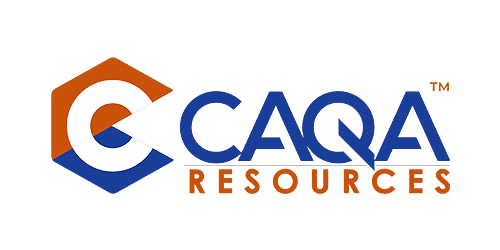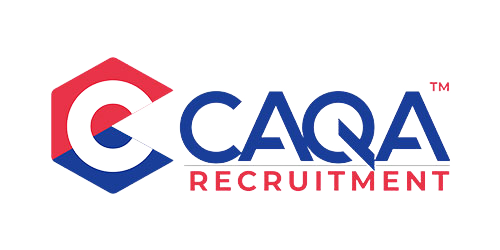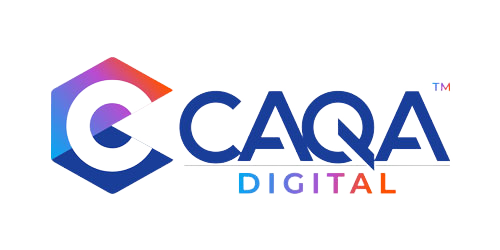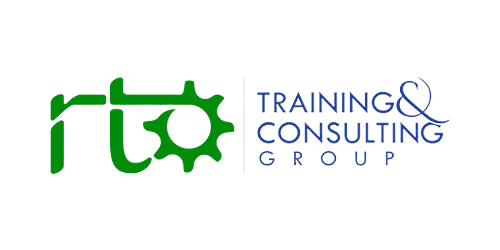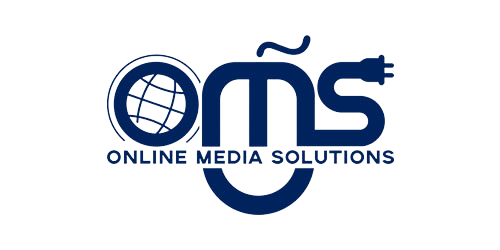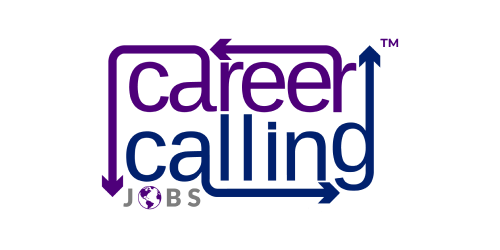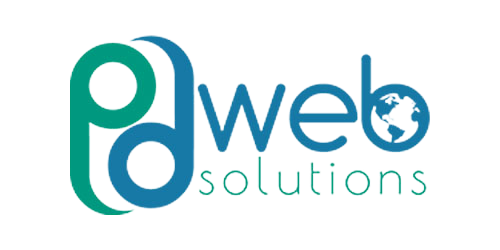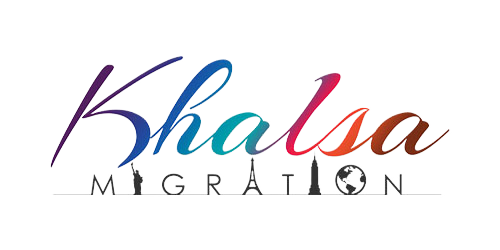In March, the European Union (EU) announced the development of new risk-based legislation, known as the AI Act, to regulate the development, use, and applications of artificial intelligence (AI) within the EU. The European Commission passed this legislation in May, and it is now officially in force. The AI Act is designed to ensure that AI systems used or developed in the EU are safe and trustworthy.
🔑 Key Points
- Risk-Based Approach
- The AI Act adopts a "risk-based" approach to regulation. This means that AI systems are categorised based on the level of risk they pose.
- High-Risk AI: Systems such as those used in critical infrastructure and biometric identification will face stringent regulations.
- Minimal-Risk AI: Applications like chatbots will be subject to fewer regulations.
- Banned AI Applications
- The new law prohibits AI systems that:
- Use biometric data (such as race and sexual orientation) to forecast crime.
- Can be used for cognitive behavioral manipulation and social scoring.
- Compliance Timeline and Penalties
- Tech companies have a compliance window of 3 to 6 months to adhere to the new rules.
- Non-compliance will result in fines ranging from $8.1 million (or 1% of global annual turnover) to $38 million (or 7% of global annual turnover).
🤔 Why You Should Care
Although the AI Act is designed to protect the EU and its citizens, it will have significant global ramifications, especially for tech companies headquartered outside the EU, primarily in the United States. Most advanced AI systems are developed by US companies like Apple, OpenAI, Google, and Meta. These companies have already started to delay the launch of their AI systems in the EU due to the "unpredictable nature of the European regulatory environment."
Global Impact on Tech Companies
- Apple and Meta: Both companies have postponed the release of their AI systems in the EU. This delay underscores the challenges posed by the new regulatory landscape.
- Compliance Costs: Adhering to the AI Act will likely increase operational costs for these tech giants as they need to ensure their systems meet EU standards.
- Innovation Slowdown: Stricter regulations may slow down innovation as companies may become more cautious about introducing new AI technologies.
- Market Dynamics: The AI Act could lead to a shift in market dynamics, with some companies potentially reducing their presence in the EU market or reconsidering their AI deployment strategies.
Ensuring Safety and Trustworthiness
The primary goal of the AI Act is to create a framework that ensures AI systems are developed and used responsibly. By focusing on risk-based regulation, the EU aims to prevent misuse of AI technologies while fostering innovation and maintaining public trust.
The AI Act represents a significant step towards comprehensive regulation of artificial intelligence in the EU. While it aims to safeguard citizens and ensure the responsible use of AI, it also poses new challenges for global tech companies. The compliance requirements and potential penalties highlight the need for companies to carefully navigate this new regulatory landscape. As the global tech industry adjusts to these changes, the AI Act will likely serve as a benchmark for future AI regulations worldwide.









